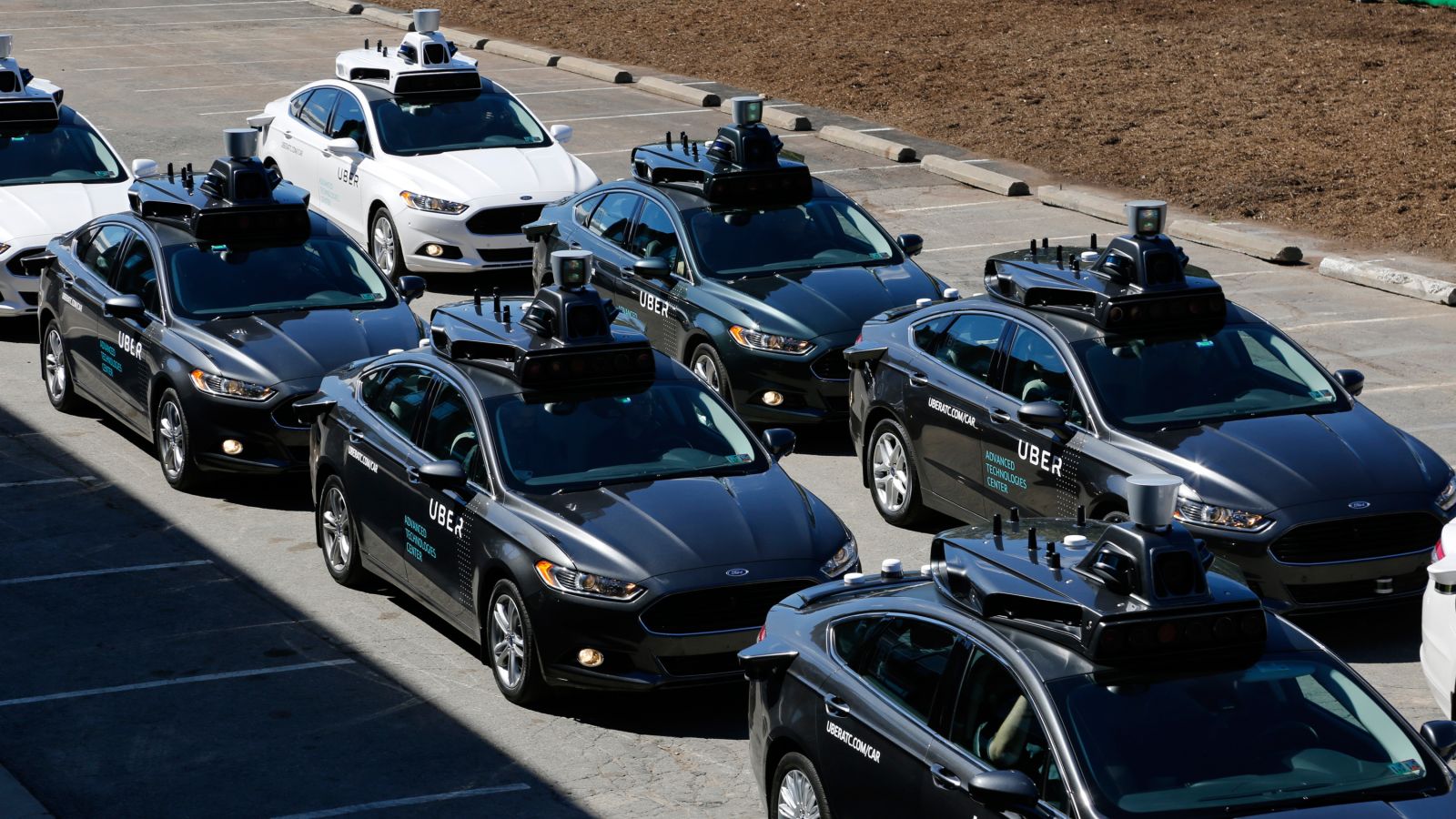The clearest sign yet that Silicon Valley is ahead of Detroit in the self-driving car race
The autonomous car race is heating up. After years in which auto innovation meant mostly new exterior trim, companies are vying to transform the nature of the vehicle itself. It’s not just parts manufacturers and automakers (although at least 64 have set up shop in Silicon Valley). It’s tech giants like Alphabet, Apple, and Uber.


The autonomous car race is heating up. After years in which auto innovation meant mostly new exterior trim, companies are vying to transform the nature of the vehicle itself. It’s not just parts manufacturers and automakers (although at least 64 have set up shop in Silicon Valley). It’s tech giants like Alphabet, Apple, and Uber.
The prize is a massive share of an evolving multi-trillion dollar market for mobility, much of it autonomous, electric and shared. To gauge this competition, patents are one of the easier things to track. Consulting firm L.E.K. examined US Patent and Trademark Office data on filings for autonomous vehicle technology. It has catalogued an enormous spike in the number of patents filed by major carmakers for autonomous technology since 2007. The majority are for Lidar (laser sensors), image processing, computer vision, vehicle-to-vehicle communication, and advanced driver-assistance systems.
The attention, L.E.K. argues (pdf), is the result of two competing strategies to develop self-driving vehicles. One is the “iPhone” strategy: vertical integration of the entire ecosystem. Apple manufactures (or tightly controls) every dimension of the physical product and the software that runs on the iPhone. The alternate strategy is Google’s “Android” model, which promotes a ubiquitous, open-source operating system that manufacturers can install on any product.
Both have merits, and it’s not apparent which, if either, will dominate. Ford, GM, and Tesla are going the Apple route by choosing to make and tightly integrate the entire product. Alphabet’s Waymo and (ironically) Apple are taking the Android path by investing primarily in the operating systems and datasets for autonomous vehicles, according to L.E.K., citing Waymo’s, decision to scrap its own custom vehicles last year (it has partnered with Fiat-Chrysler), Tim Cook’s overhaul of Apple’s Project Titan (paywall) away from an Apple-branded autonomous vehicle, and Baidu’s choice to open-source its self-driving software platform.
But there’s one problem, says L.E.K. “In smartphones and PCs, there was only room for one successful integrated player: Apple. In autonomous vehicles, there are a number of players vying to be the dominant alternative to the Android model. Not all can succeed.”
The lead, at least in terms of patents, clearly belongs to a tech company. Waymo has filed at least 2,118 patents since 2007, compared to about half that for its nearest rivals, GM and Ford. Automakers accustomed to more genteel, incremental innovation over decades, rather than the breakneck pace of digital technology, may find it hard to adapt.
Of course, patents don’t necessarily ensure innovation, says Rob Haslehurst, managing director at L.E.K. by email. They are a strong indication of interest in a technology amid a brewing battle of big companies defending their market territory. Those that fail to invest run the risk of losing out completely.
But some companies are skipping traditional patent protections for speed and agility. Take electric vehicle (EV) technology. Nearly 800 patents for EV charging were filed between 2014 and 2017, many of them by Qualcomm, Hyundai, Ford, and Mitsubishi, reports Netscribes. Tesla has open-sourced all its electric vehicle patents in 2014 to focus on what it calls its competitive advantage from hiring the best people that can improve its processes and operations. “Technology leadership is not defined by patents, which history has repeatedly shown to be small protection indeed against a determined competitor, but rather by the ability of a company to attract and motivate the world’s most talented engineers,” wrote Musk on the company’s website in 2014.